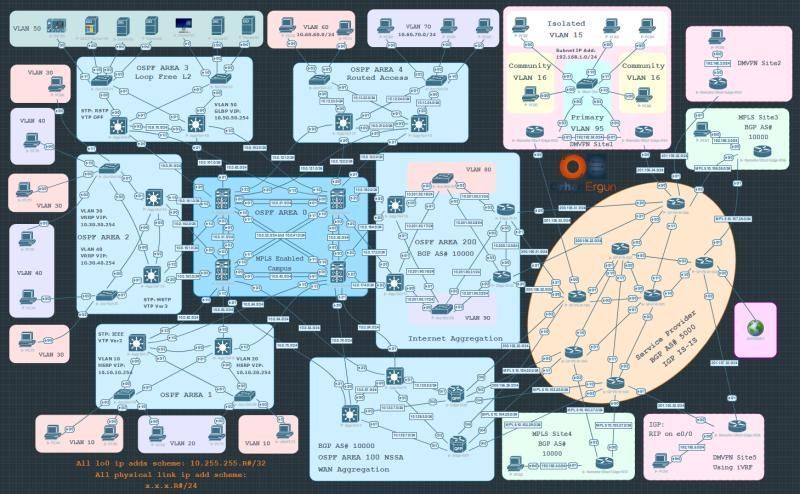Understanding Subnet Masks: A Technical Overview
August 22, 2024
11 min read
JasonLake
Related Courses
Enhance your knowledge with these recommended courses

Cisco CCDE v3.1 Practical/Lab and Written Training by Orhan Ergun
Best Cisco CCDE Course ever! It is based on v3.1 right now!
$799
View CourseBecome an Instructor
Share your knowledge and expertise. Join our community of instructors and help others learn.
Apply Now
About the Author
JasonLake
I'm a network engineer who works for 8 years in the industry. I am trying to help people through my blogposts. Welcome to my blogs.
Share this Article
Subscribe for Exclusive Deals & Promotions
Stay informed about special discounts, limited-time offers, and promotional campaigns. Be the first to know when we launch new deals!